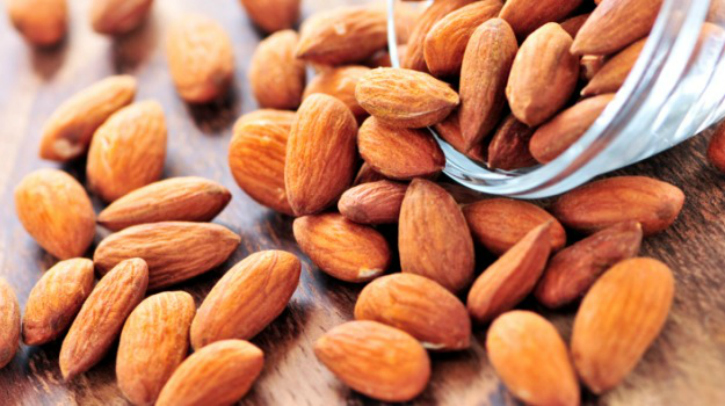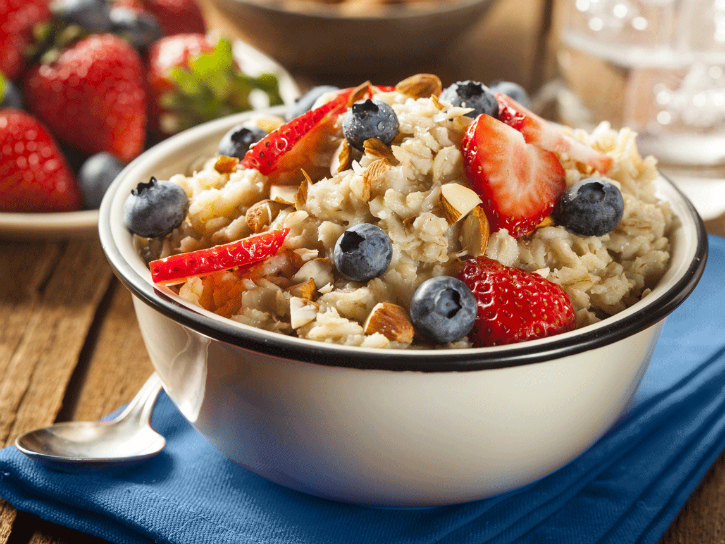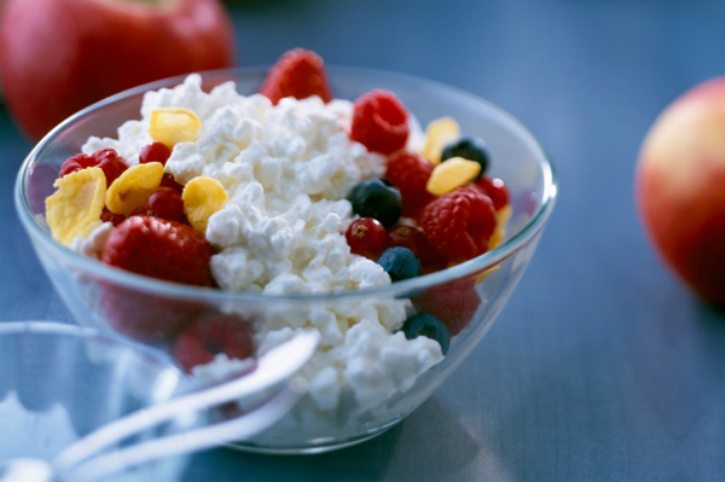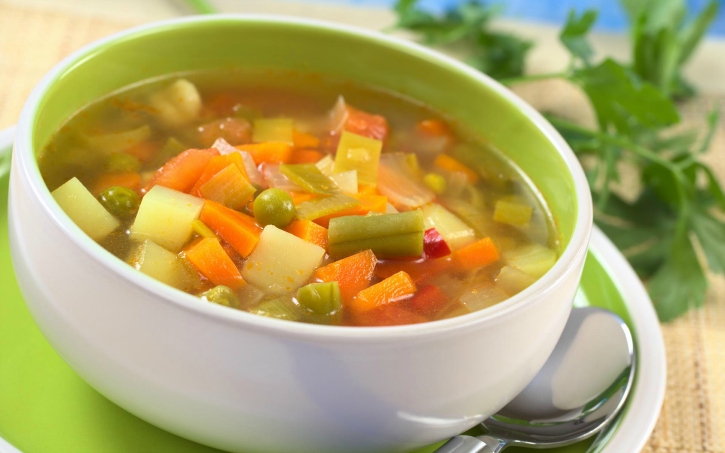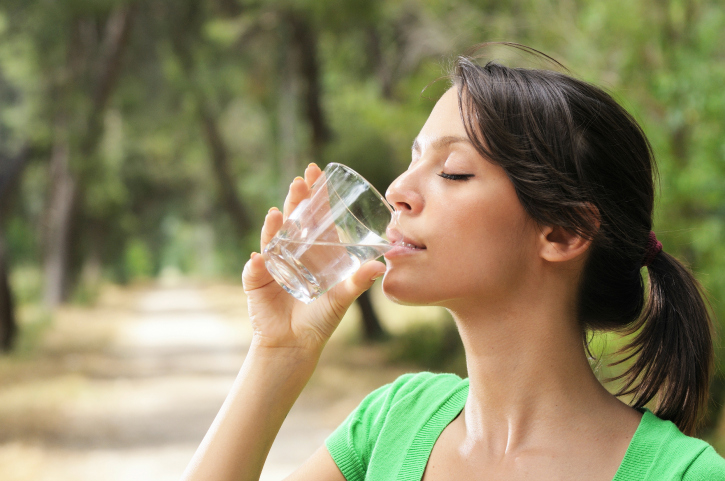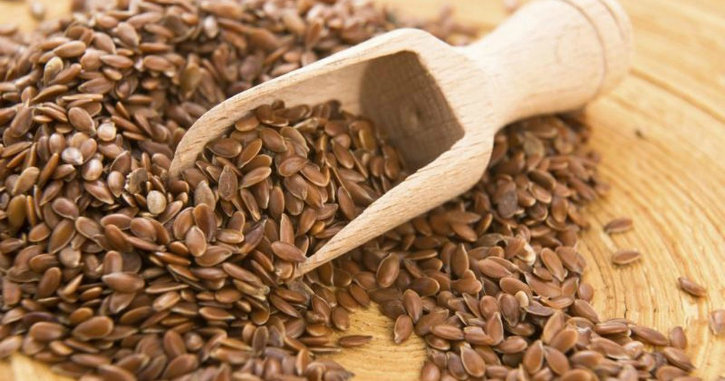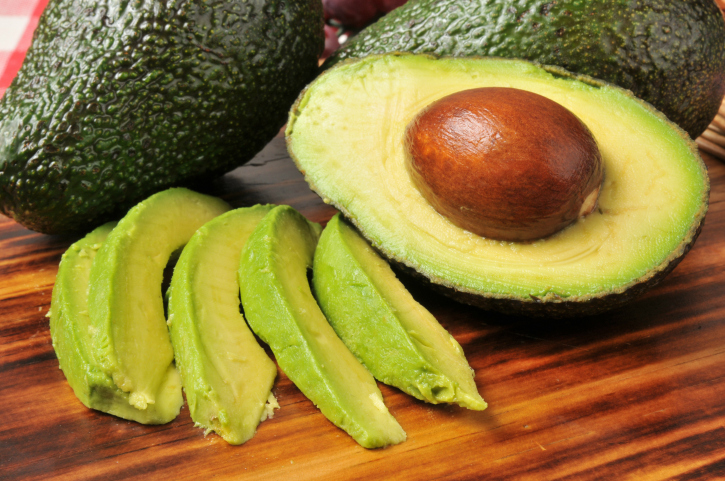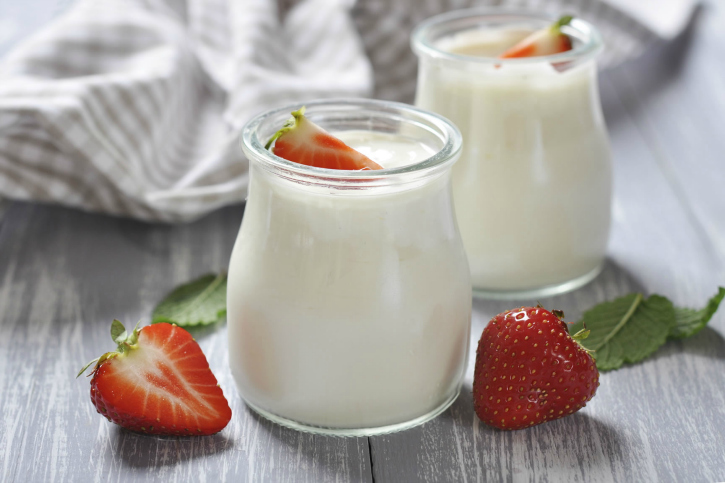What is a landfill?
A landfill is a carefully designed structure built into or on top of the ground, in which trash is separated from the area around it.
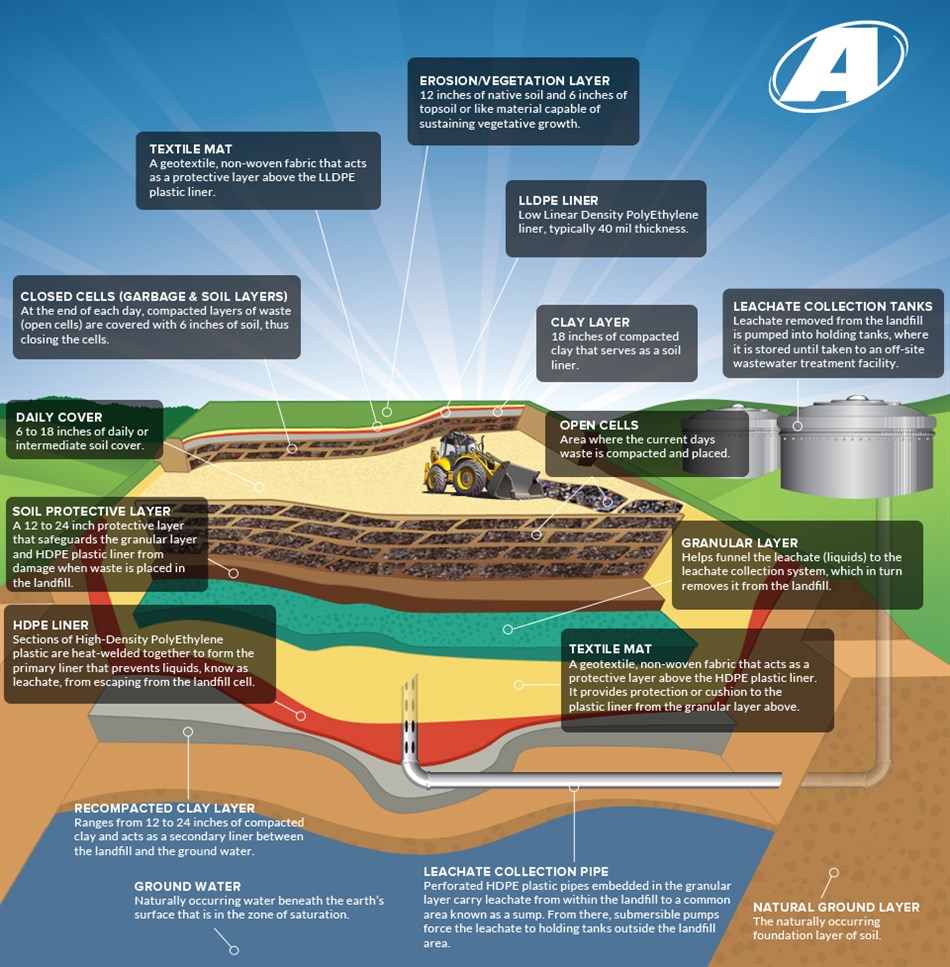
Why are landfills important?
Landfills contain garbage and serve to prevent contamination between the waste and the surrounding environment, especially groundwater.
What happens to the trash in a landfill?
Landfills are not designed to break down trash, merely to bury it. That’s because they contain minimal amounts of oxygen and moisture, which prevents trash from breaking down rapidly. So landfills are carefully filled, monitored and maintained while they are active and for up to 30 years after they are closed.
What is the difference between a dump and a landfill?
A dump is an open hole in the ground where trash is buried and where animals often swarm. Dumps offer no environmental protection and are not regulated.
A landfill is a carefully designed and monitored structure that isolates trash from the surrounding environment (e.g., groundwater, air, rain). This isolation is accomplished with the use of a bottom liner and daily covering of soil.
PARTS OF A LANDFILL
The main components of any secured, permitted landfill are:
Bottom liner — The bottom liner separates and prevents the buried waste from coming in contact with underlying natural soils and groundwater. In Municipal Solid Waste landfills, the bottom liners are generally constructed using some type of durable, puncture-resistant synthetic plastic HDPE (High Density Polyethylene) ranging from 30 to 100 mils thick. The plastic liners may also be designed with a combination of compacted clay soils, along with synthetic plastic.
Cells (old and new) — This is the area in a landfill that has been constructed and approved for disposal of waste. These cells range in size (depending upon total tons of waste received each day at the landfill) from a few acres to as large as 20+ acres. Inside these larger cells are smaller cells known as the daily workface, or sometimes referred to as cells. This is where the waste coming into the landfill for disposal that day is prepared by placing the material in layers or lifts where the waste is then compacted and shredded by heavy landfill compaction machinery.
Leachate collection system — The bottom of each landfill is typically designed so that the bottom surface of the landfill is sloped to a low point, called a sump. This is where any liquids that are trapped inside the landfill — known in the waste industry as leachate — are collected and removed from the landfill. The leachate collection system typically consists of a series of perforated pipes, gravel packs and a layer of sand or gravel placed in the bottom of the landfill. Once the leachate is removed from the sump, it is typically pumped or gravity-flowed to a holding tank or pond, where it is either treated on site or hauled off site to a public or private wastewater treatment facility.
Storm water drainage — This is an engineered system designed to control water runoff during rain or storm events. This is done by directing the runoff through a series of berms or ditches to holding areas known as sed ponds. In these ponds the runoff water flow is slowed down or held long enough to allow the suspended soil particles to settle out before the water is discharged off site.
Methane collection system — Bacteria in the landfill break down the trash in the absence of oxygen. This process produces landfill gas, which is approximately 50 percent methane. Since methane gas has the potential to burn or explode, it has to be removed from the landfill. To do this, a series of pipes are embedded within the landfill to collect the methane gas. This gas, once collected, can be either naturally vented or control-burned.
Cover (or cap) — Waste that is placed in a cell is required to be covered daily with either six inches of compacted soil or an alternative daily cover. Some examples of alternative daily covers are the application of spray-on cover material, such as foam or a flame-retardant fiber material. Another type of alternative daily cover is large panels of tarpaulin-type material that is laid over the waste at the end of each day and removed the next day before waste is placed. Other areas within the cells that are not to final grade and will not receive placement of additional waste for a period of time may require additional cover. This is known as intermediate cover — generally 12 to 18 inches of soil. Covering (or capping) is performed in order to isolate the waste from exposure to the air, pests (such as birds, rats and mice) and to control odors. When a section of the landfill is finished or filled to capacity, it is permanently covered with a combination of a layer of polyethylene plastic, compacted soil and a layer of topsoil that will support growth of vegetation to prevent erosion.
Groundwater monitoring stations — These stations are set up to directly access and test the groundwater around the landfill for presence of leachate chemicals. Typically a groundwater monitoring system will have a series of wells that are located up-gradient of the landfill disposal area and a series of wells down-gradient. The up-gradient wells test the water quality before it moves under the disposal area in order to get a background analysis of the water. The down-gradient wells then allow testing of the water after it has passed under the disposal area so it can be compared to the quality of the up-gradient wells to make sure there has been no impact or contamination of the groundwater
THERE ARE THREE MAIN TYPES OF LANDFILLS:
Municipal solid waste (MSW) landfill — A highly engineered, state permitted disposal facility where municipal solid waste (non-hazardous waste generated from single family and multi-family residences, hotels , and the like including commercial and industrial waste) may be disposed of for long-term care and monitoring. All modern MSW landfills must meet or exceed federal subtitle D regulations to ensure environmentally safe and secure disposal facilities.
Construction & Demolition landfill— Construction and demolition (C&D) debris refers to materials produced in the process of construction, renovation and/or demolition of structures, where structures include debris typically includes concrete, asphalt, wood, gypsum wallboard, paper, glass, rubble, and roofing materials. Land clearing debris, such as stumps, rocks, and dirt are also included in some state definitions. C&D debris landfills are classified as non-hazardous and are regulated by states and local governments.
Inert landfill — Inert material consists of earth and earth-like products, concrete, cured asphalt, rock, bricks, yard trimmings, and land clearing debris such as stumps, limbs and leaves. These materials, depending on the state’s definition, are allowable by law to be disposed of in inert landfills.
CONVERTING LANDFILL GAS TO ENERGY.
Converting landfill gas to energy is how mature landfills deal with the issue of gases created within their facilities. It is an effective means of recycling and reusing a valuable resource. In fact, the U.S. Environmental Protection Agency (EPA) has endorsed landfill gas as an environmentally friendly energy resource that reduces our reliance on fossil fuels, such as coal and oil. Landfill gas-to-energy projects are most successful when partnered with mature MSW landfills, as opposed to new landfills or C&D landfills
There are three basic types of landfill gas-to-energy facilities:
Electric — Landfill gas is used as a fuel to generate electricity at small power plants at the landfill, or at a nearby industry, with the generated electricity delivered to a utility company.
Alternative fuel — Landfill gas is piped to an industrial or commercial facility, where it is used for heating in place of, or in combination with, fossil fuels such as oil, coal or natural gas.
Processed gas — Landfill gas is processed and cleaned to natural gas quality and delivered to transmission pipelines, to be used in normal applications for natural gas.
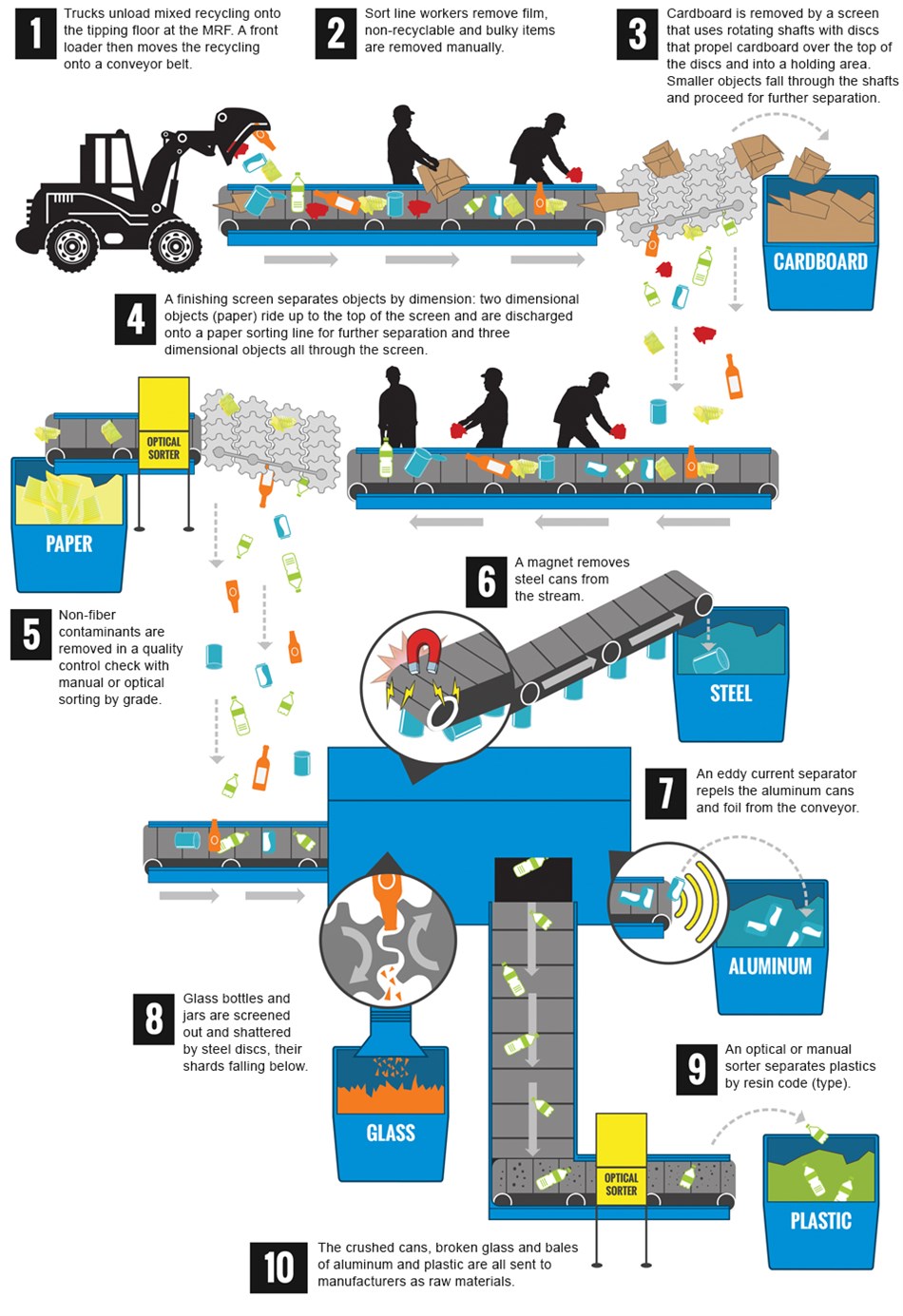





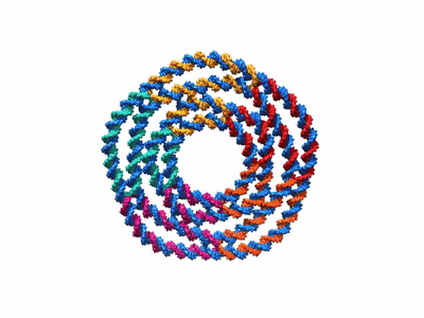
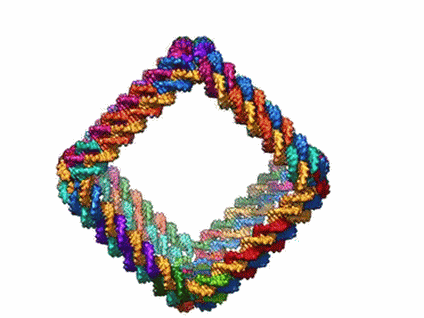
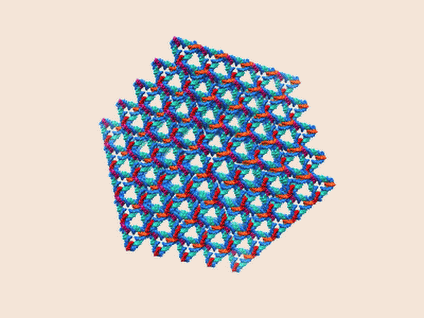







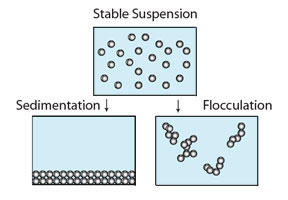
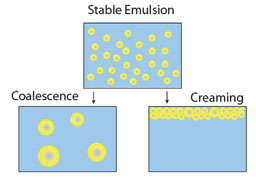


 The holiest number for Hindus is 108.
The holiest number for Hindus is 108.


